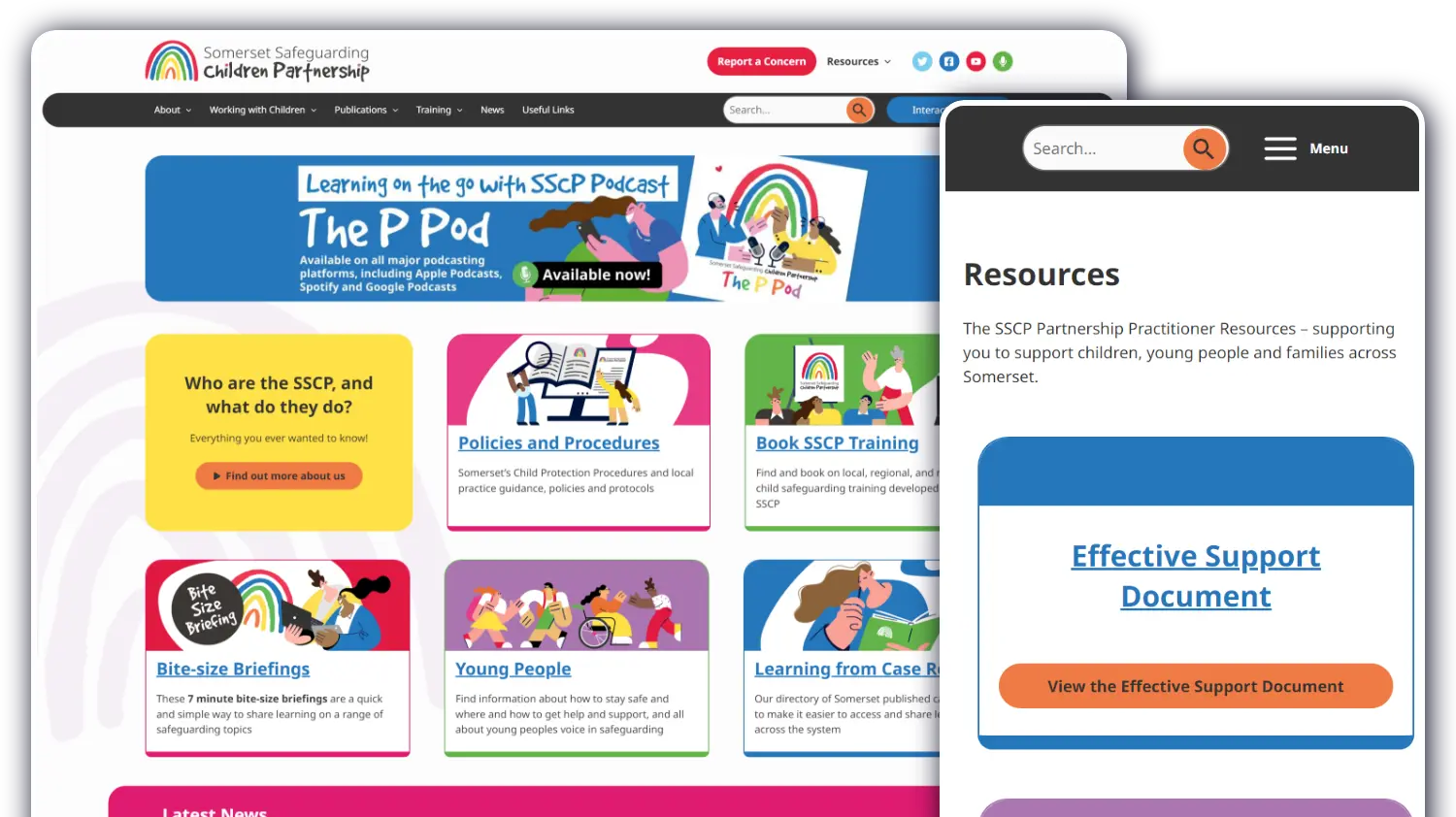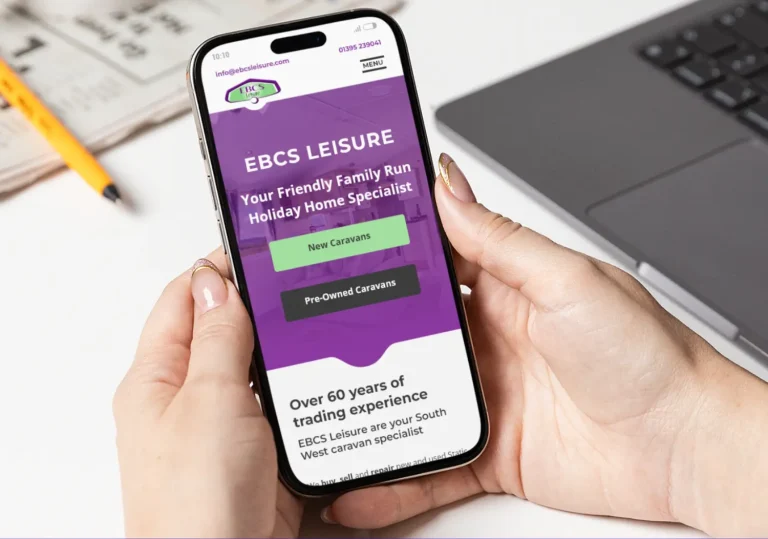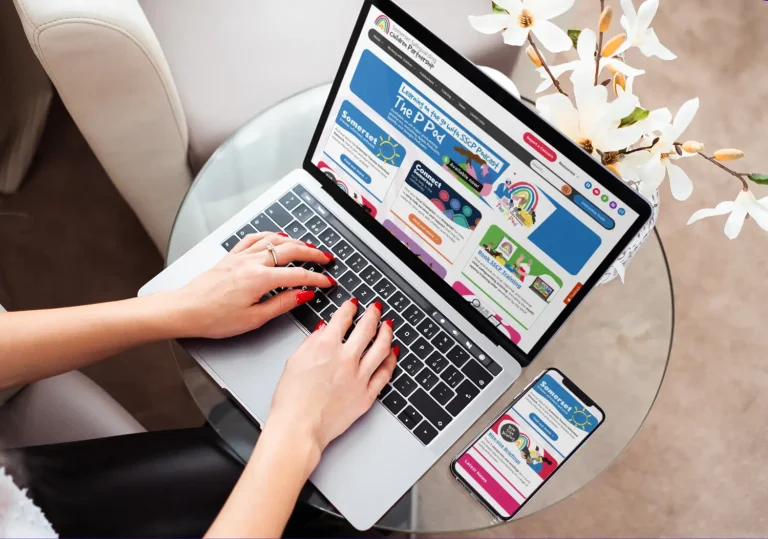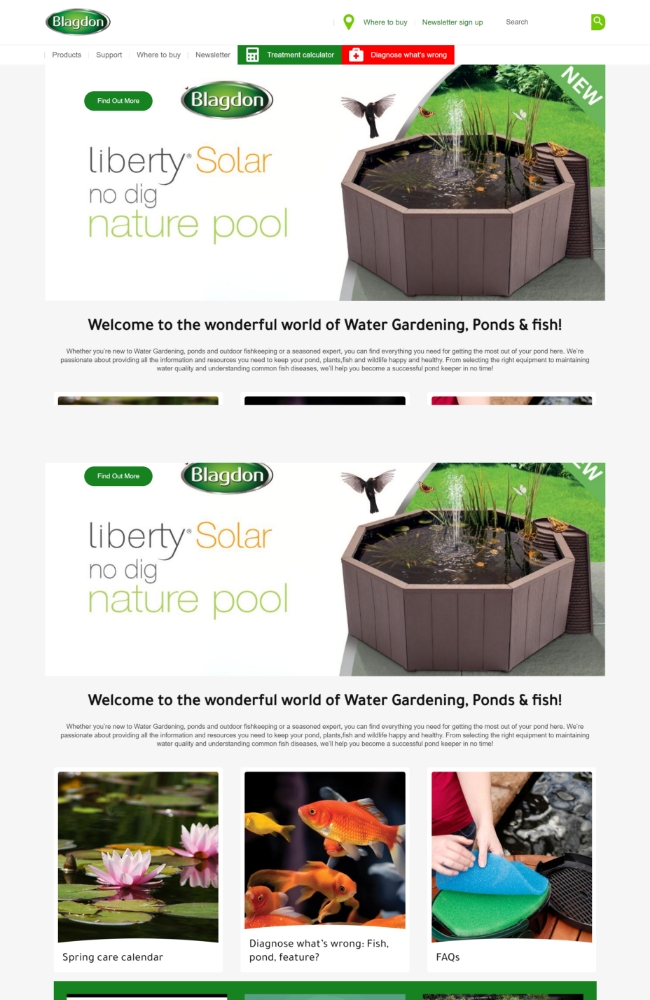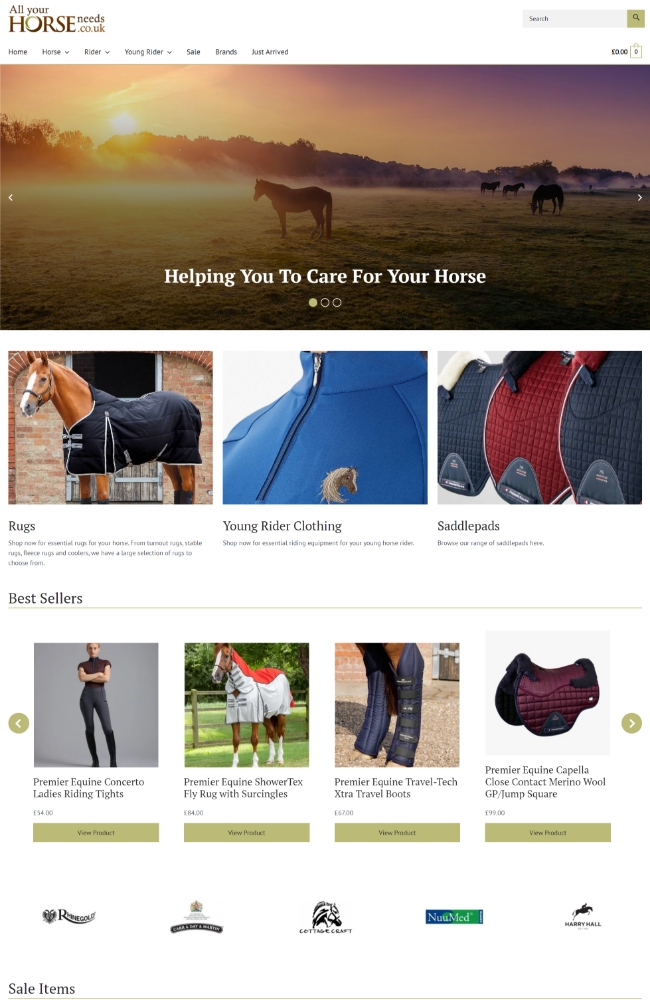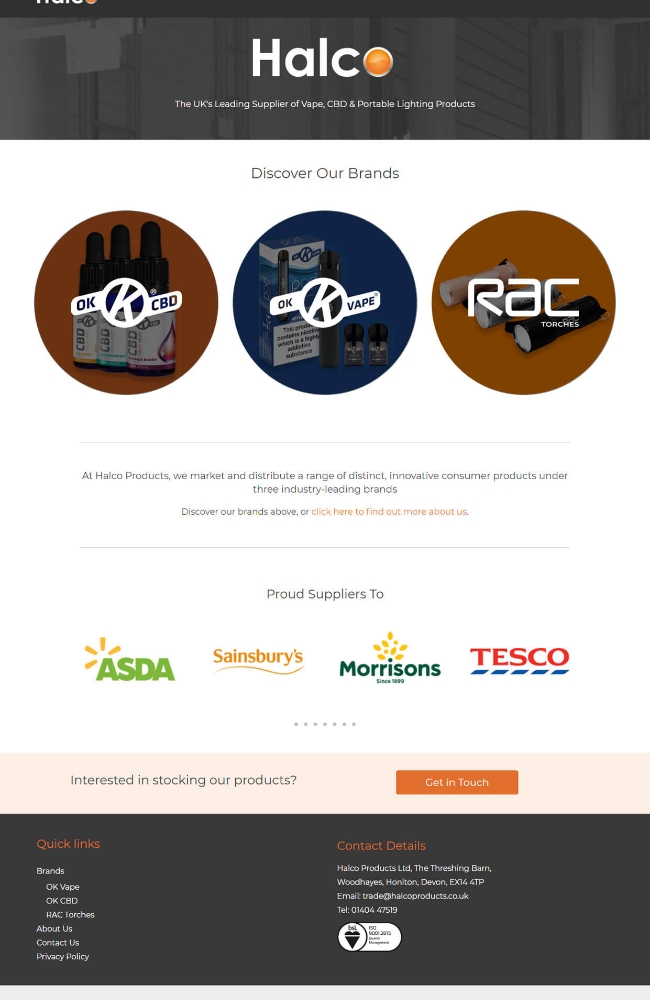User Experience (UX) is the key to providing your users the best experience on the website and can be the difference between a new customer or people clicking away.
UX encompasses various elements, including usability, accessibility, design aesthetics, performance, and functionality. A positive UX ensures that visitors to a website can easily find what they’re looking for and understand the content. It also helps the user to complete desired actions, such as making a purchase or filling out a contact form.
With years of experience and lots of courses and certificates under our belt we understand user behaviours, preferences, and needs, and design our websites in a way that meets those requirements effectively.
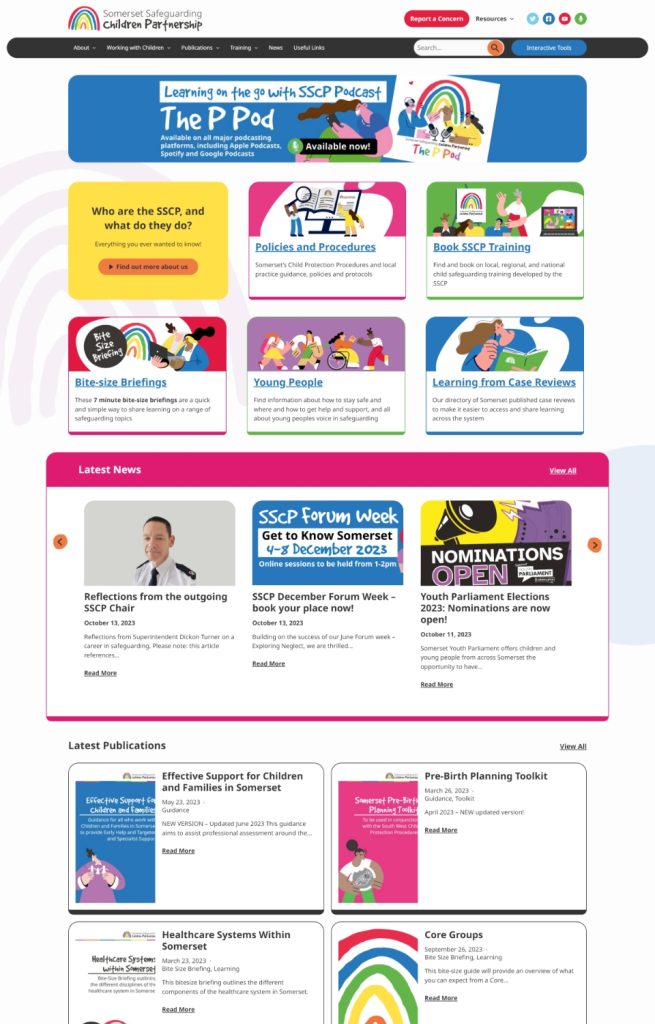
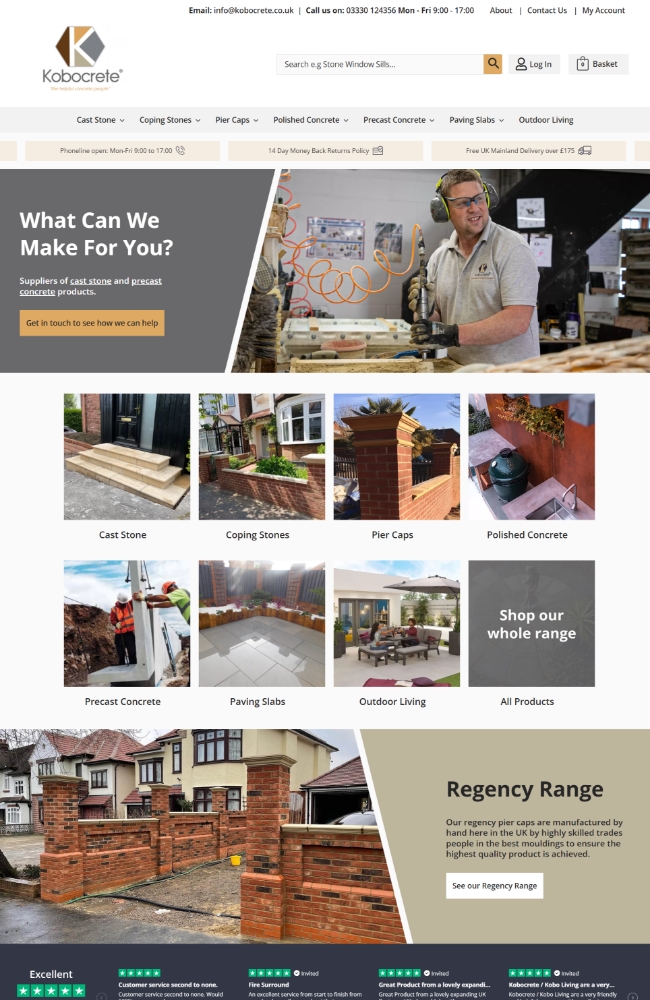
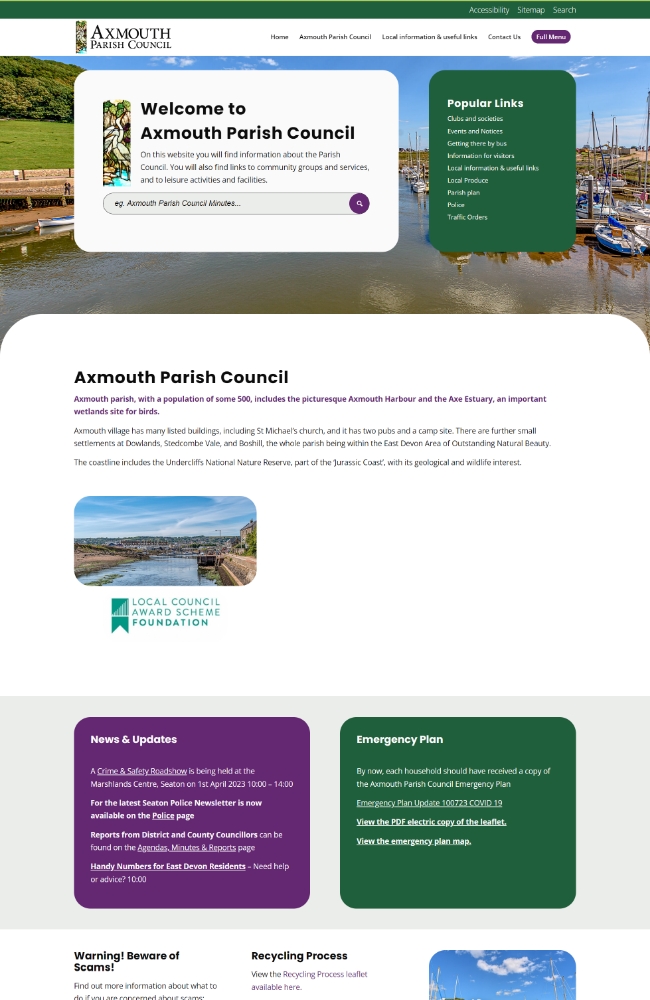

Web accessibility ensures that people with disabilities can understand, navigate, and interact with websites effectively.
Accessible websites consider factors such as text alternatives for images, clear and consistent navigation structures, colour contrast and compatibility with assistive technologies. By prioritizing accessibility in UX design, websites can reach a wider audience and provide equal access to information and services for all users.
Incorporating accessibility into UX design not only benefits people with disabilities but also enhances the overall usability and user experience for everyone.
UX design and accessibility are intertwined concepts that focus on creating websites that are intuitive, easy to use, and inclusive for all users.
